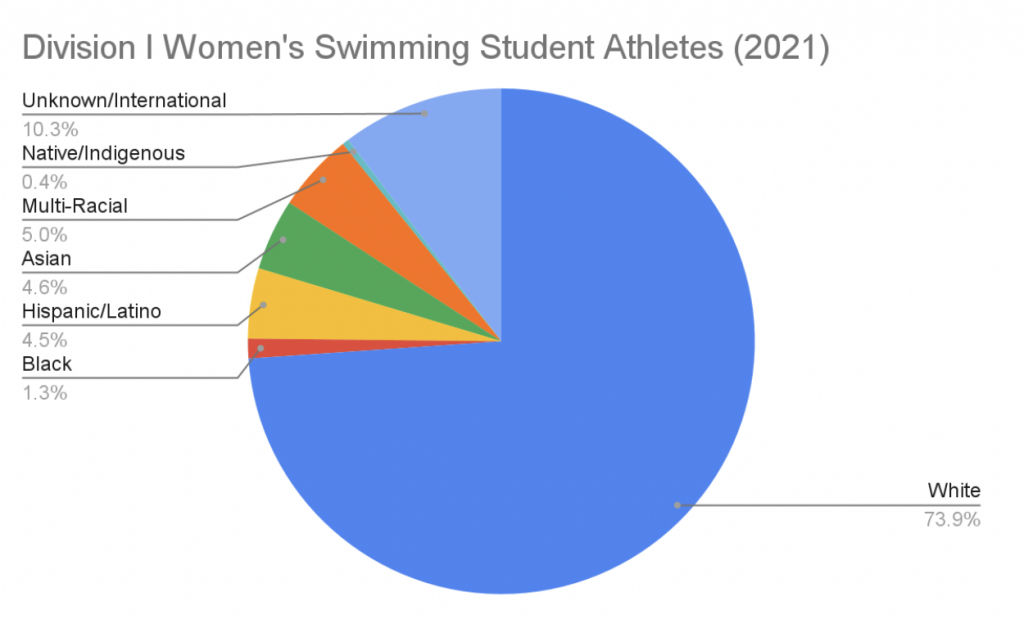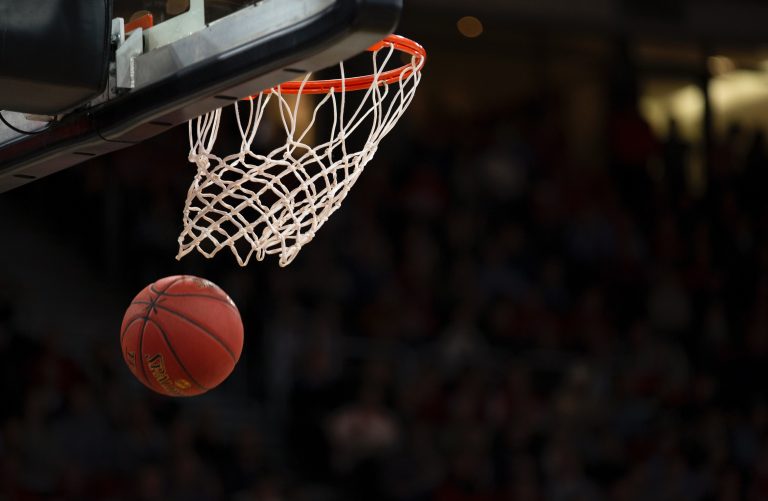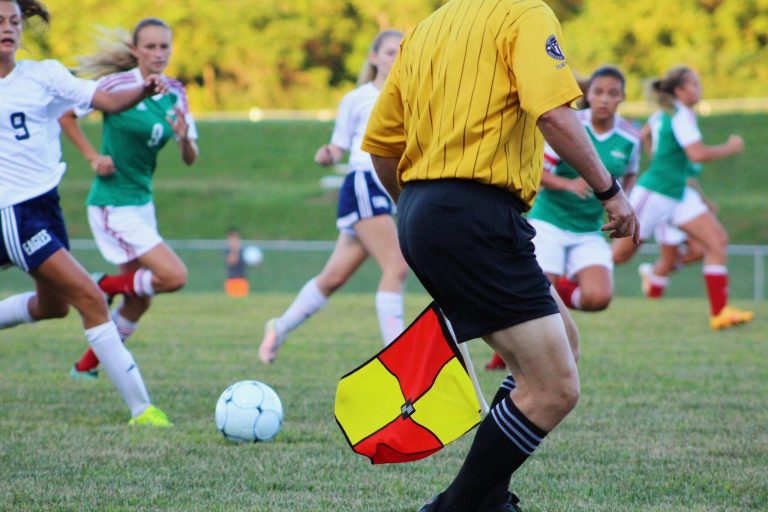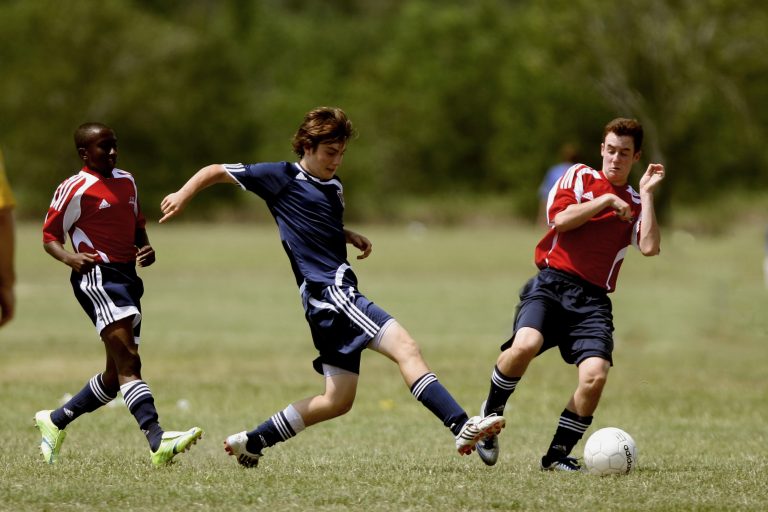Addressing Diversity in College Swimming: A Ranking of Strategies for Positive Change
Competitive swimming has become increasingly popular over the years in the United States. A significant reason for this is the popularity of competitive swimming at the Olympics. According to a poll from YouGov Sport, swimming in the 2nd most-followed Olympic sport in the United States, with 34% of pollsters saying that they watch/follow swimming. The only other Olympic sport with more followers in the United States is gymnastics. In the YouGov Sport poll, 35% of pollsters said that they watch/follow Olympic gymnastics. Many aspiring Olympians continue their education past high school and enroll in college to become Division I athletes. USA swimming has its issues with diversity. However, Division I college swimming’s lack of diversity reflects the sport’s deep-rooted problem with attracting diverse swimmers at various levels.
What does the Data Say About Diversity?
Data from the NCAA Race and Gender Demphraphics Database shows that among Division I men’s college swimming student-athletes in 2021, 71.1% were white, 1.9% were black, 5.2% were Hispanic/Latino, 4.6% were Asian, and 5.3% were multi-racial.

Data from the NCAA Race and Gender Demographics Database shows that among Division I women’s college swimming student-athletes in 2021, 73.9% were white, 1.3% were black, 4.5% were Hispanic/Latino, 4.6% were Asian, and 5% were multi-racial.

The official data from the NCAA website clearly shows that Division I swimming is severely lacking in diversity. For both men and women, over 71% of division I collegiate swimmers were white. It’s also important to note that among Historically Black Colleges & Universities (HBCUs), only one university has a swim team: Howard University.
What is Contributing to the Lack of Diversity in College Swimming?
The issue of diversity in swimming runs deep within all the competitive levels of the sport. A major factor why there is such a lack of minority representation in swimming is that minority children are much less likely to learn how to swim. It does not help that these children are often not exposed to competitive swimming at young ages. The USA Swimming Foundation is trying to tackle this issue at its very root. According to an article by NPR, the USA Swimming Foundation is actively working to help more African-Americans learn how to swim, which is essential because “70% of African-American children haven’t learned to swim.”
Another minority group that USA Swimming is trying to encourage to join their sport is Hispanic and Latino children. According to NPR, about 60% of Latino children can’t swim. While this is less than African-American children, it is still significant because only 40% of white children can’t swim. Increasing the number of minority children who could swim would more minorities to the sport. More importantly, it would save many children’s lives by preventing drowning. According to a USA Swimming resource guide, ten people drown in the US every day. To aid in this issue, “formal swim lessons can reduce the likelihood that a child will drown by 88%”.
How Can We Increase Diversity in College Swimming?
USA Swimming has made an effort to increase the number of minority children, specifically young black kids, exposed to swimming and can teach them how to swim. According to a resource guide on their official website, USA swimming has a camp system that “invites 43 athletes from underrepresented demographics to a 3-day camp that includes pool and classroom sessions with a focus on leadership.” Additional programs to serve underrepresented communities include mentorship programs, community swim teams, and the “Make a Splash” foundation aimed at child-focused water safety.
Increasing the number of minority children who can swim at a younger age will draw more to the sport. Exposure will lead to representation if we teach young minority kids how to swim. Therefore the approach to increasing diversity in collegiate swimming appears to be a bottom-up one. By teaching our youth how to swim, we will be giving them the tools to succeed in competitive swimming.






